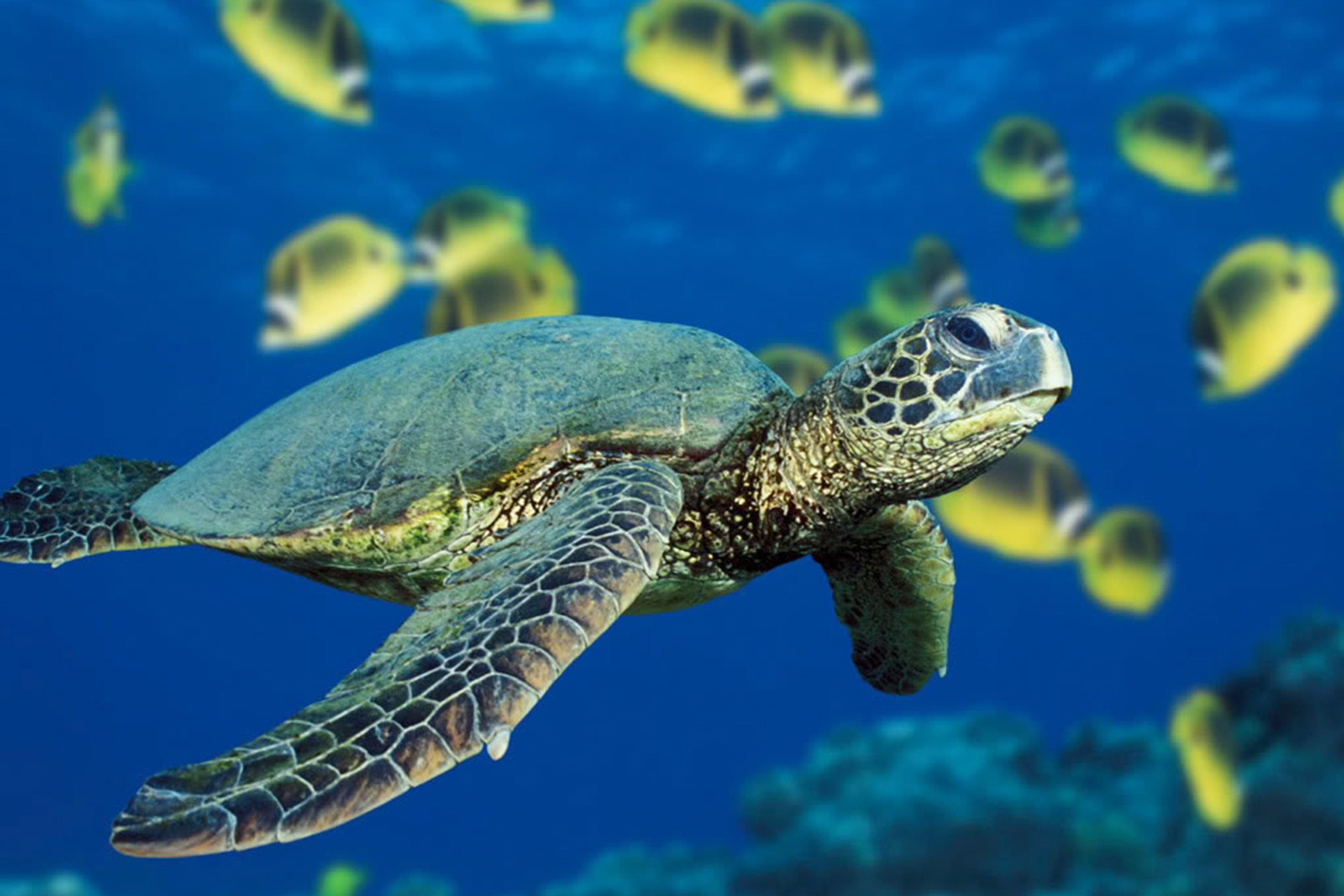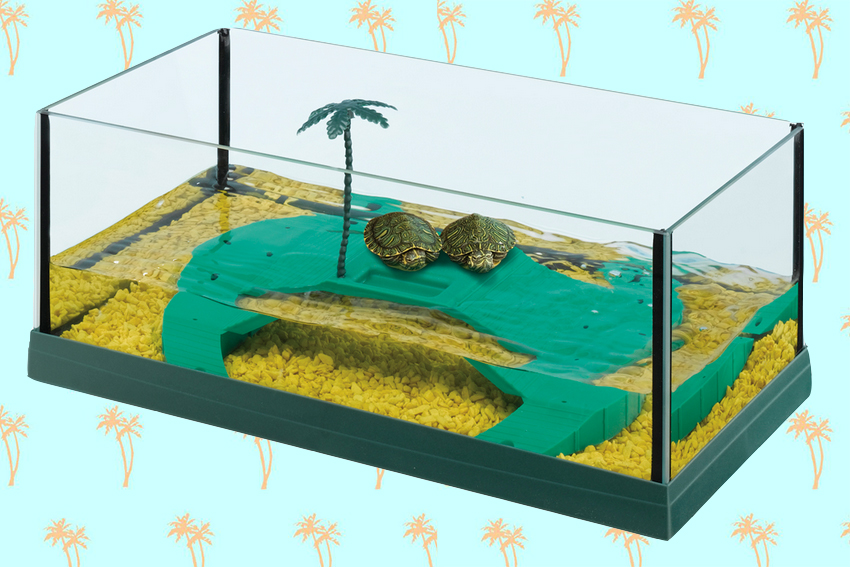Water turtles are easy to find in pet shops. Once you decide to adopt one, you must familiarise yourself with your future tenant and its needs.
If you have decided to adopt a water turtle, you must first of all keep in mind that the species most commonly found in pet shops, the Trachemys scripta scripta, is destined to grow a lot. This means that one day you’ll need a pond outside where it can swim and live comfortably.
If you live in a flat, choose instead a specimen of Sternotherus odoratus, which won’t grow very much.
Although less responsive than a cat or a dog, turtles are still living beings with their own needs, and we must make sure they live a comfortable life, free from suffering.
First and foremost, turtles are cold-blooded reptiles. This means they need light and heat to regulate their body temperature and metabolism.
At first, on the way home from the pet shop, your new friend will be a new-born no larger than a coin, and you may be tempted to think it won’t ever get to grow very much. But as we mentioned above, it all depends on the species you’ve picked, and if you’re not careful, before long you may end up with a very large turtle and not enough room for it to grow.
For the first months, get a large glass turtle house, such as Ferplast’s Haiti, and a LED light such as Ferplast’s Arclight Led. Its little house will be suitable and it’ll have plenty of room to swim and rest. Its water must always be kept clean, either frequently changed or cleaned by a filter inside the tank. Its temperature must be kept between 25° and 28° C by means of a water heater.
If you have adopted a Trachemys scripta scripta, those most commonly found in the market, remember you must move it to an outdoor pond sufficiently wide and deep, at least 60 cm, where it has enough room to swim comfortably (these turtles may grow to 30-40 cm!).
Finally, water turtles are very graceful reptiles that may inspire us humans to cuddle them, but they’re very vulnerable animals and quite coy by nature, and do not appreciate being held or touched excessively. We humans are seen as possible predators. That being said, “handle with care”, or, better still, leave them alone in their tanks. How would you like to be held by giant monsters?


